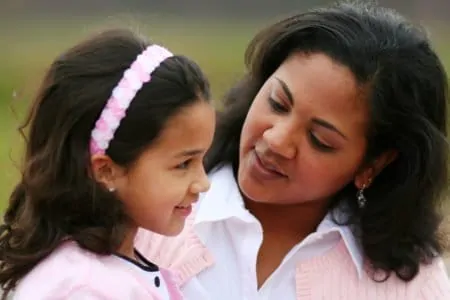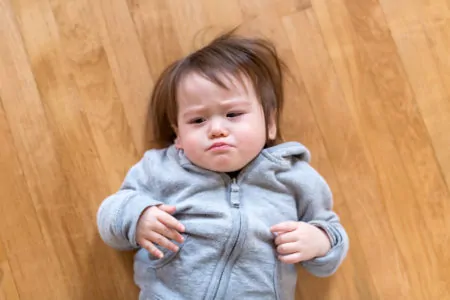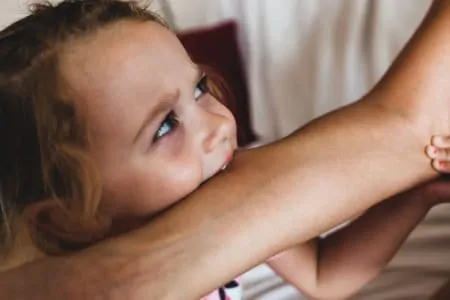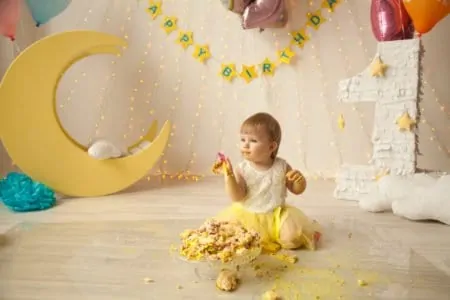Parenting often feels like a high-stakes negotiation. You want to shape your child’s behavior and help them grow into well-adjusted adults, but knowing which buttons to push is tricky.
Two of the most powerful tools in behavioral psychology are reinforcement and punishment. While they might sound like technical jargon, you likely use them every day without realizing it.
We will break down exactly how these methods work, the difference between “positive” and “negative” in psychology, and how to use them effectively to support your child’s development.
Key Takeaways
- Reinforcement: This strategy is used to increase or encourage a specific behavior.
- Punishment: This strategy is used to decrease or stop a specific behavior.
- Positive vs. Negative: “Positive” means adding a stimulus, while “negative” means removing one.
- Best Approach: A balanced combination of these methods is typically most effective for long-term behavioral changes.
What Is Reinforcement?
In the world of psychology (specifically Operant Conditioning), reinforcement is any consequence that increases the likelihood of a behavior happening again. If you want your child to keep doing something, you reinforce it.
There are two main types: positive reinforcement and negative reinforcement.
It is vital to drop your standard definitions of these words. In this context, “positive” does not mean “good,” and “negative” does not mean “bad.” Think of them mathematically (1):
- Positive (+): You add something to the equation.
- Negative (-): You subtract or take something away from the equation.
What Is Positive Reinforcement?
Positive reinforcement happens when you add a pleasant stimulus to a situation to encourage a behavior. This is the “reward” system most parents are familiar with.
If your child does something good and you give them a high-five, that is positive reinforcement. You added the high-five (the stimulus) to encourage the good deed.
Examples of Positive Reinforcement for Kids
Here is how positive reinforcement looks in daily life:
| Example | Pleasant Stimulus Added | Desired Behavior |
| You cheer and clap when your toddler puts a block in the box. | Cheering and applause. | Cleaning up toys. |
| Your child gets dessert because they ate all their broccoli. | Dessert. | Eating vegetables. |
| A student earns a gold sticker for turning in homework on time. | Gold sticker. | Completing assignments. |
What Is Negative Reinforcement?
Negative reinforcement is often confused with punishment, but they are not the same. Remember, reinforcement always encourages behavior.
With negative reinforcement, you remove an unpleasant stimulus to encourage a behavior. Think of it as “relief.” You do the desired behavior to make something annoying or uncomfortable stop (2).
For adults, a classic example is the seatbelt alarm in your car. You buckle up (desired behavior) to make the annoying beeping sound stop (removal of aversive stimulus).
Examples of Negative Reinforcement for Kids
Here is how you might see negative reinforcement in a household:
| Example | Aversive Stimulus Removed | Desired Behavior |
| Your child cleans their room specifically to stop you from nagging them. | Parental nagging. | Cleaning the room. |
| You tell your child they can leave the dinner table once they eat three bites of peas. | Sitting at the boring table. | Eating the peas. |
| A student does their homework Friday night so they don’t have to worry about it all weekend. | The stress/worry of the assignment. | Completing homework early. |
Positive vs. Negative Reinforcement
To recap, both methods aim to increase a specific behavior. The difference lies in whether you are giving a reward or removing a nuisance.
| Positive Reinforcement | Negative Reinforcement | |
| Core Concept | Adding a “treat” or reward. | Removing a pain point or annoyance. |
| Stimulus | Praise, toys, stickers. | Nagging, chores, discomfort. |
| Goal | Increase desired behavior. | Increase desired behavior. |
| Result | Child cleans to get a reward. | Child cleans to avoid the nagging. |
What Is Punishment?
Punishment is the opposite of reinforcement. Its sole goal is to decrease or extinguish an unwanted behavior.
Like reinforcement, punishment can be positive (adding a consequence) or negative (removing a privilege). While punishment can stop behavior in the moment, it doesn’t always teach the child what to do instead, which is why experts often suggest pairing it with reinforcement.
What Is Positive Punishment?
Positive punishment involves adding an adverse stimulus to the situation to discourage behavior. You are introducing something the child dislikes immediately after the bad behavior occurs (3).
This is what we traditionally think of as “discipline” in a strict sense.
Examples of Positive Punishment for Kids
Here are common scenarios involving positive punishment:
| Example | Aversive Stimulus Added | Undesired Behavior |
| A child touches a hot stove and feels pain. | Pain. | Touching the stove. |
| A toddler hits a friend and the parent scolds them firmly. | Verbal scolding. | Hitting. |
| A teenager breaks curfew and is given extra chores to do. | Extra chores. | Breaking curfew. |
What Is Negative Punishment?
Negative punishment involves taking away something pleasant to stop a behavior. This is often the preferred method for modern parents and educators.
When you remove a valued item or privilege, the child learns that the bad behavior results in a loss.
Examples of Negative Punishment for Kids
These examples illustrate the “removal” aspect:
| Example | Pleasant Stimulus Removed | Undesired Behavior |
| A child throws a toy, so the parent puts the toy in “time out” on top of the fridge. | Access to the toy. | Throwing things. |
| Two siblings fight over the TV, so the parent turns the TV off. | The TV show. | Fighting. |
| A teen fails a class, so their phone is taken away for a week. | The phone. | Failing to study. |
Positive vs. Negative Punishment
Both forms of punishment aim to stop a child from doing something. The choice depends on whether you want to introduce a consequence or remove a privilege.
| Positive Punishment | Negative Punishment | |
| Example | Spanking a child (adding pain). | Taking away a tablet (removing fun). |
| Stimulus | Spanking, scolding, chores. | Toys, screen time, freedom. |
| Goal | Stop the behavior. | Stop the behavior. |
| Result | Child stops acting out to avoid pain/scolding. | Child stops acting out to keep their stuff. |
Reinforcement vs. Punishment: The Summary
To master these parenting tools, keep this simple rule in mind: Reinforcement encourages behavior; punishment discourages behavior.
Relying solely on punishment can create fear or resentment, while relying solely on reinforcement might not address dangerous behaviors quickly enough. Psychologists generally agree that a mix of strategies, heavily leaning on positive reinforcement, works best (4).
| Method | Action (Math) | Stimulus Type | Goal |
| Positive Reinforcement | Add (+) | Pleasant | Encourage Behavior |
| Negative Reinforcement | Remove (-) | Aversive (Bad) | Encourage Behavior |
| Positive Punishment | Add (+) | Aversive (Bad) | Stop Behavior |
| Negative Punishment | Remove (-) | Pleasant | Stop Behavior |
FAQs
In Conclusion
Understanding the mechanics of behavior helps you make intentional choices rather than reacting out of frustration.Whether you are trying to get a toddler to use the potty or a teenager to respect curfew, knowing when to add a reward or remove a privilege changes the game. Remember that consistency is the secret sauce that makes any of these methods work.







